Home>Interior Design>Paint Finishes: A Guide To Paint Finish Types
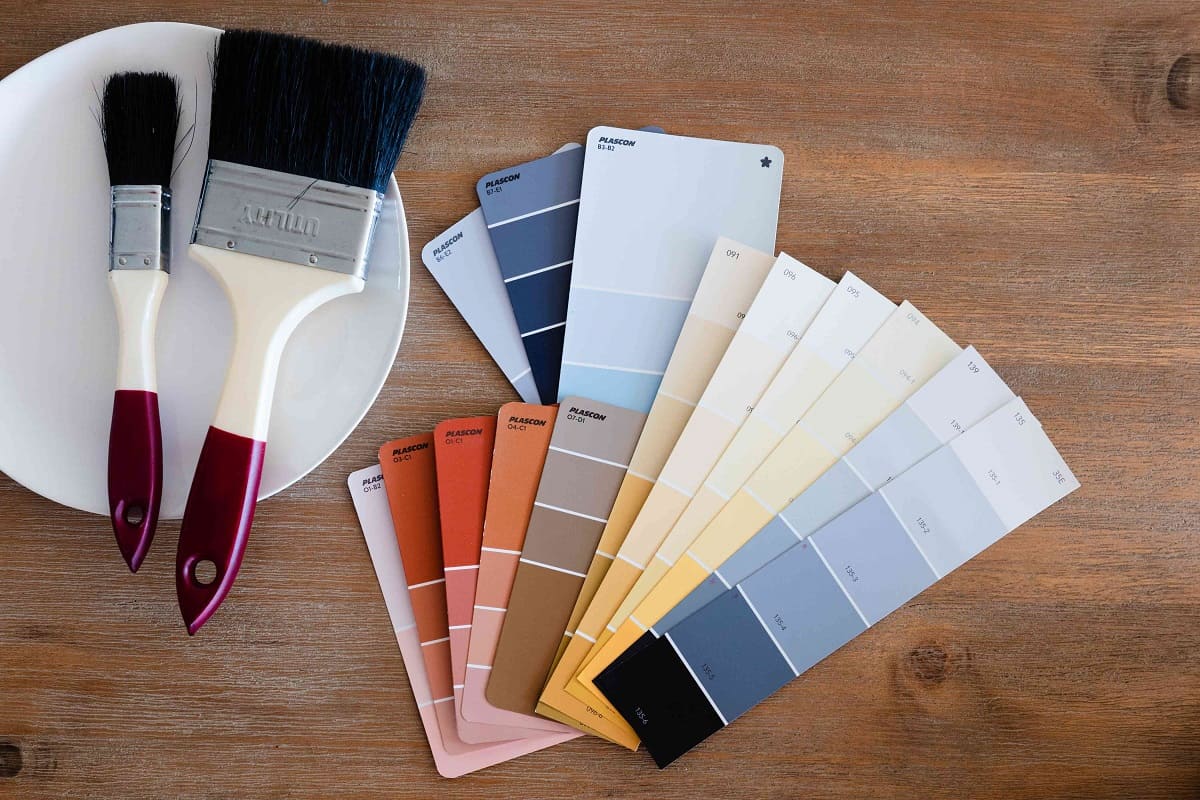

Interior Design
Paint Finishes: A Guide To Paint Finish Types
Modified: December 7, 2023
Discover the perfect paint finishes for your interior design project. Our comprehensive guide explains the different types of paint finishes, helping you achieve the desired look and feel.
(Many of the links in this article redirect to a specific reviewed product. Your purchase of these products through affiliate links helps to generate commission for Storables.com, at no extra cost. Learn more)
Introduction
Choosing the right paint finish is an essential aspect of interior design. The finish of a paint not only affects the overall appearance of a room but also plays a significant role in its functionality and durability. With a wide range of paint finish options available, it can be overwhelming to determine which one is best suited for your space.
In this guide, we will explore the various types of paint finishes, including flat/matte, eggshell, satin, semi-gloss, and glossy/high gloss. By understanding the characteristics, pros and cons, and recommended uses for each finish, you’ll be equipped with the knowledge to make an informed decision when it comes to your interior design projects.
So, let’s dive in and discover the world of paint finishes!
Key Takeaways:
- Choose the right paint finish to enhance your space – from elegant sophistication with a flat/matte finish to the luxurious shine of a glossy/high gloss finish. Each finish has unique characteristics and ideal uses, so have fun experimenting!
- Consider the balance between durability and sheen – from the subtle elegance of an eggshell finish to the high-shine, reflective qualities of a semi-gloss or glossy/high gloss finish. Each finish offers its own unique benefits and ideal applications.
Read more: Paint Finishes For Ceilings Explained
Flat/Matte Finish
A flat or matte finish is a popular choice for interior walls, as it offers a smooth and non-reflective surface. Here are the key characteristics of a flat/matte finish:
- Smooth and velvety appearance
- No shine or gloss
- Helps to hide imperfections on the walls
- Porous texture that absorbs light
Now let’s take a look at the pros and cons of using a flat/matte finish:
Pros:
- Elegant and sophisticated look
- Hides minor surface imperfections, such as small cracks and bumps
- Creates a soft, muted backdrop that can highlight other design elements in the room
- Provides a smooth finish that is easy to touch up if needed
Cons:
- Not as durable as other finishes, prone to scuffs and stains
- Difficult to clean, as scrubbing can damage the painted surface
- Not recommended for high-traffic areas or rooms with children or pets
- Not suitable for moist or humid environments, as it can absorb moisture and lead to mold or mildew growth
Despite the limitations, there are specific situations where a flat/matte finish is the ideal choice:
- Formal living rooms or bedrooms, where a sophisticated and elegant look is desired
- Rooms with minimal foot traffic and low risk of stains or marks
- Spaces with sufficient natural or artificial lighting, as it can enhance the beauty of a flat/matte finish
Overall, a flat/matte finish adds a touch of sophistication and elegance to interior spaces. However, it is essential to consider the limitations and choose this finish wisely based on your specific needs and the function of the room.
Eggshell Finish
The eggshell finish gets its name from its resemblance to the texture of an eggshell. It offers a slight sheen and is the perfect balance between a flat/matte and a semi-gloss finish. Here are the key characteristics of an eggshell finish:
- Slight sheen and low reflectivity
- Smooth and velvety to the touch
- Offers more durability compared to a flat/matte finish
- Provides some resistance to stains and scuffs
Let’s take a closer look at the pros and cons of using an eggshell finish:
Pros:
- Provides a subtle sheen that adds depth and dimension to the walls
- Offers better durability and washability than a flat/matte finish, making it easier to clean
- Can effectively hide minor imperfections on the walls
- Resists stains and scuffs to a certain extent
Cons:
- Not as shiny or reflective as a semi-gloss finish
- May not be suitable for high-traffic areas that require frequent cleaning
- Surface imperfections, such as cracks or bumps, may still be slightly visible
An eggshell finish is versatile and can be used in various spaces throughout your home. Here are some of the best uses for an eggshell finish:
- Living rooms and bedrooms, where a touch of sophistication and warmth is desired
- Hallways and entryways, as it offers better resistance to scuffs and stains compared to flat/matte finishes
- Spaces where a more durable finish is needed, but a high-gloss shine is not preferred
It’s worth noting that the sheen level of an eggshell finish may vary slightly depending on the brand and product. It’s always a good idea to test a small area before committing to the entire project to ensure it meets your desired level of sheen.
In summary, an eggshell finish strikes a balance between durability and subtle shine. It is an excellent choice for homeowners who want a durable finish with a touch of elegance and warmth.
Satin Finish
The satin finish is a versatile paint finish that offers a subtle and smooth sheen. It falls between an eggshell finish and a semi-gloss finish, providing a soft glow to interior surfaces. Let’s explore the characteristics of a satin finish:
- Subtle and smooth sheen
- Offers a velvety appearance
- Reflects light moderately
- Provides a durable and washable surface
Now, let’s examine the pros and cons of using a satin finish:
Pros:
- Provides a soft sheen that adds elegance and sophistication to the room
- Easier to clean compared to flat/matte and eggshell finishes
- Offers good durability and is resistant to stains and mildew
- Can be used in high-traffic areas without sacrificing aesthetic appeal
Cons:
- Not as reflective or shiny as a semi-gloss finish
- Surface imperfections may still be slightly visible, although less noticeable compared to flat/matte and eggshell finishes
- Requires careful application to avoid visible brush or roller marks
A satin finish is suitable for a wide range of applications in your home. Here are some of the best uses for a satin finish:
- Living rooms, bedrooms, and dining rooms, where a touch of sophistication and warmth is desired
- Kitchens and bathrooms, as it offers better resistance to moisture and is easier to clean compared to flat/matte and eggshell finishes
- Trim, doors, and cabinets, as it provides a smoother finish compared to higher gloss options
- High-traffic areas, such as hallways and staircases, as it offers good durability and can withstand daily wear and tear
When choosing a satin finish, consider the lighting in the room. Satin finishes reflect light to a certain extent, so they can make a space appear brighter. However, in rooms with a lot of natural light, it’s important to ensure that the sheen level does not create excessive glare or shine.
In summary, a satin finish offers a balance between a subtle sheen and durability. It is a popular choice for homeowners who desire a touch of elegance and easy maintenance in their interior spaces.
Semi-Gloss Finish
The semi-gloss finish is known for its high shine and reflective qualities, making it a popular choice for areas that require both style and durability. Here are the key characteristics of a semi-gloss finish:
- Highly reflective with a noticeable shine
- Smooth and sleek appearance
- Reflects light effectively
- Provides a durable and washable surface
Now, let’s explore the pros and cons of using a semi-gloss finish:
Pros:
- Creates a high-shine finish that adds a polished and contemporary look to any space
- Reflects light, making a room feel brighter
- Offers superior durability and is resistant to stains, scratches, and moisture
- Easy to clean, as it can be wiped down without damaging the painted surface
Cons:
- Surface imperfections, such as cracks or bumps, may be more visible with the high gloss reflectivity
- Application requires careful attention to avoid visible brush or roller marks
- May not be suitable for interior walls, as the high shine can be overwhelming in larger areas
A semi-gloss finish is best used in specific areas where its shine and durability are beneficial. Here are some of the best uses for a semi-gloss finish:
- Trim, doors, and cabinets, as the high gloss enhances their appearance and makes them stand out
- Kitchens and bathrooms, where moisture resistance and easy cleanability are essential
- Furniture and fixtures, such as bookcases or built-in shelving, to provide a sleek and polished finish
- High-traffic areas, including hallways or children’s playrooms, as the surface is easily cleaned and withstands wear and tear
When using a semi-gloss finish, it’s essential to consider the overall design and lighting of the space. The high reflectivity of a semi-gloss finish can magnify any imperfections on the walls and may create excessive glare in rooms with ample natural light. Therefore, this finish is often reserved for specific features or surfaces rather than entire rooms.
In summary, a semi-gloss finish offers a high-shine, durable, and easily cleaned surface. It is an excellent choice for accentuating certain areas or surfaces in your home, where style and durability are of utmost importance.
Glossy/High Gloss Finish
The glossy or high gloss finish is the epitome of shine and reflectivity, offering a stunning and luxurious look to any interior surface. Here are the key characteristics of a glossy/high gloss finish:
- Highly reflective with a mirror-like shine
- Smooth and glass-like appearance
- Reflects light exceptionally well
- Provides an extremely durable and washable surface
Let’s explore the pros and cons of using a glossy/high gloss finish:
Pros:
- Creates a visually striking and luxurious appearance
- Enhances the depth and richness of color, making it ideal for bold and vibrant shades
- Reflects light and adds brightness to the room, making it appear larger
- Offers exceptional durability and is resistant to stains, scratches, and moisture
- Easy to clean and maintain, as it can be wiped down without damaging the painted surface
Cons:
- Surface imperfections, such as cracks, bumps, or brush marks, can be magnified and more visible
- Application requires precise technique to achieve a smooth and flawless finish
- May not be suitable for larger areas or entire walls, as the high shine can be overwhelming
A glossy/high gloss finish is best used strategically to create focal points and add elegance to specific areas. Here are some of the best uses for a glossy/high gloss finish:
- Accent walls, where the glossiness can create a dramatic and eye-catching feature
- Architectural elements, such as columns, moldings, or trim, to highlight their beauty and craftsmanship
- Furniture pieces, such as tables, cabinets, or decorative items, to elevate their visual appeal
- Home décor accessories, including vases, picture frames, or decorative objects, to add a touch of glamour
When incorporating a glossy/high gloss finish, it’s important to consider the overall design scheme and lighting of the space. The high reflectivity of this finish amplifies any imperfections on the surface and can produce noticeable glare in rooms with abundant natural light. Therefore, it is recommended to use this finish selectively and with caution.
In summary, a glossy/high gloss finish offers a stunning, high-shine appearance that adds a luxurious touch to interior surfaces. It is ideal for creating focal points and enhancing specific elements in your home design.
Conclusion
Choosing the right paint finish for your interior design projects is a crucial decision that can greatly impact the overall look and feel of your space. Each paint finish, whether it be flat/matte, eggshell, satin, semi-gloss, or glossy/high gloss, has its own unique characteristics, pros, and cons.
A flat/matte finish offers a smooth and non-reflective surface, perfect for creating a sophisticated and elegant ambiance in formal living rooms or bedrooms. However, it may not be as durable or easy to clean as other finishes.
An eggshell finish strikes a balance between a flat/matte and a semi-gloss finish, offering a subtle sheen and improved durability. It is a versatile option for a variety of spaces, including living rooms, hallways, and entryways.
A satin finish provides a smooth and velvety appearance with a soft sheen. It offers good durability and is suitable for rooms that require easy maintenance, such as kitchens and bathrooms.
A semi-gloss finish provides a noticeable shine that adds a contemporary and polished look to any space. It is highly durable, making it ideal for high-traffic areas, as well as trim, doors, and cabinets.
A glossy/high gloss finish offers the ultimate shine and reflectivity, bringing a touch of luxury and sophistication to accent walls, architectural elements, and furniture pieces. However, it can be challenging to apply and may highlight surface imperfections.
When selecting a paint finish, consider the specific needs and requirements of your space. Take into account factors such as lighting, level of foot traffic, desired level of shine, and ease of maintenance. It’s always a good idea to test a small area before committing to the entire project to ensure it meets your expectations.
Remember, the right paint finish can greatly enhance the visual impact of your interior design. Whether you want a subtle backdrop or a bold statement, there is a paint finish that can help you achieve your desired look. So, don’t be afraid to experiment and have fun with different finishes to create the perfect ambiance in your home.
Happy painting!
Frequently Asked Questions about Paint Finishes: A Guide To Paint Finish Types
Was this page helpful?
At Storables.com, we guarantee accurate and reliable information. Our content, validated by Expert Board Contributors, is crafted following stringent Editorial Policies. We're committed to providing you with well-researched, expert-backed insights for all your informational needs.
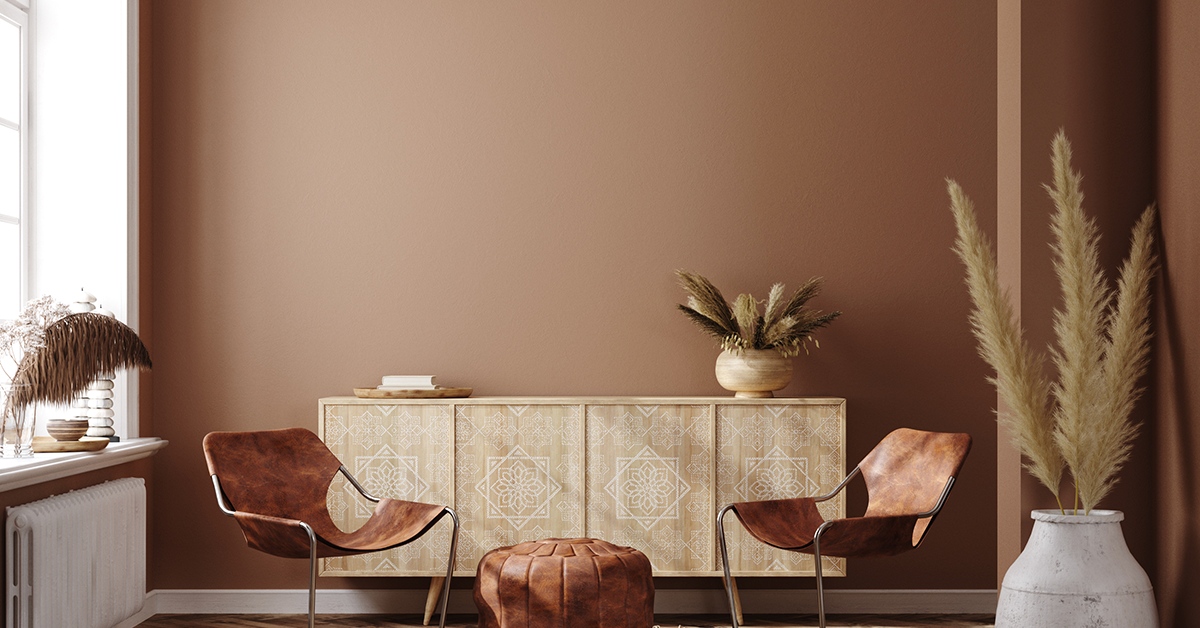
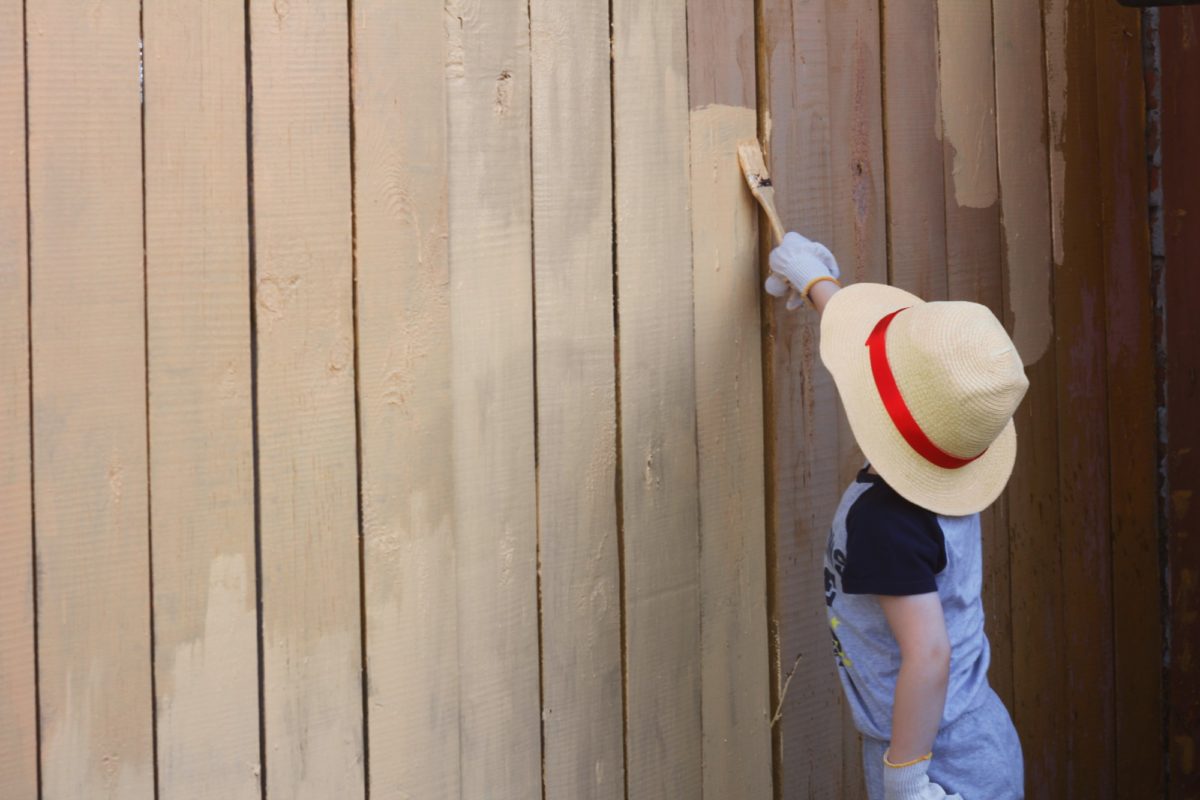
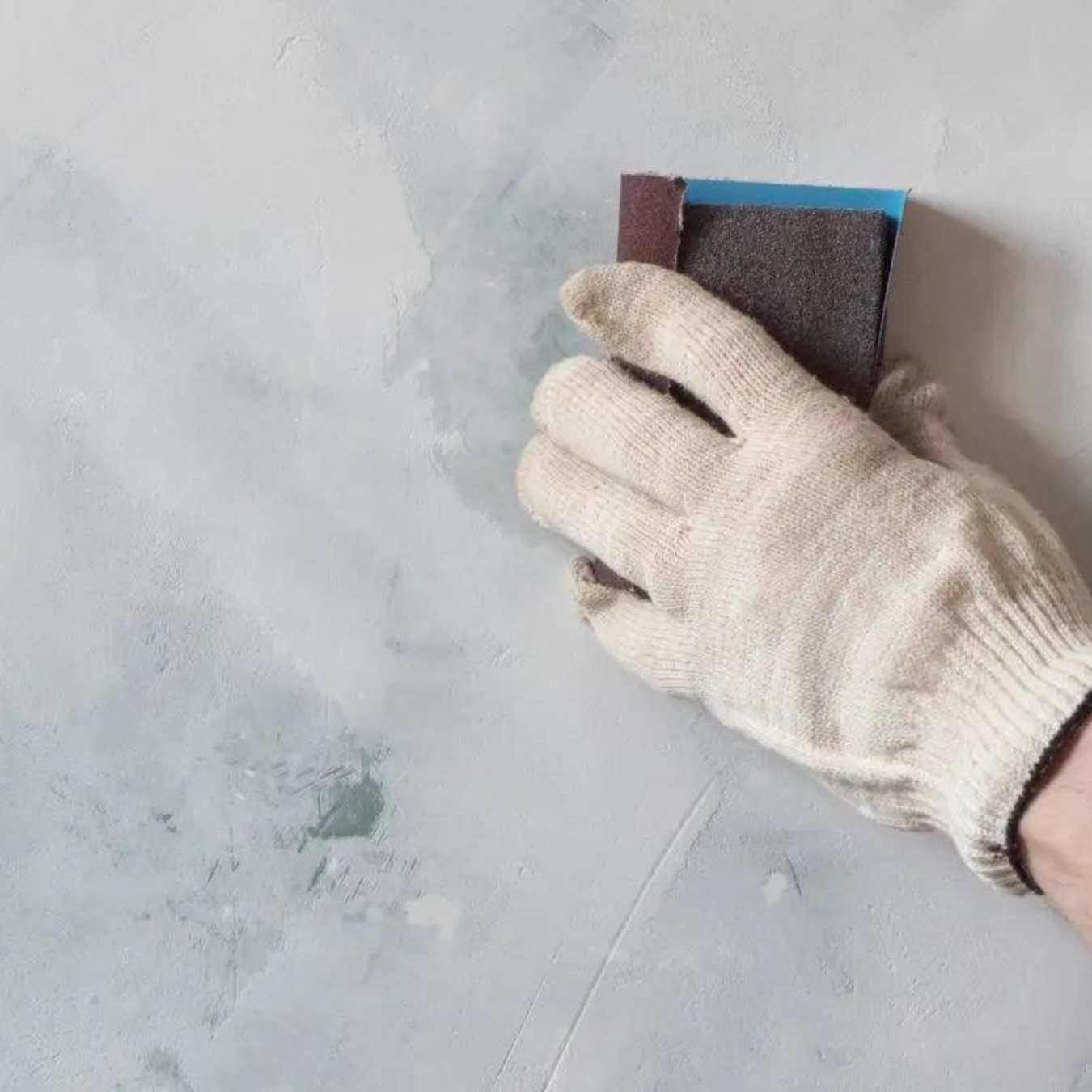
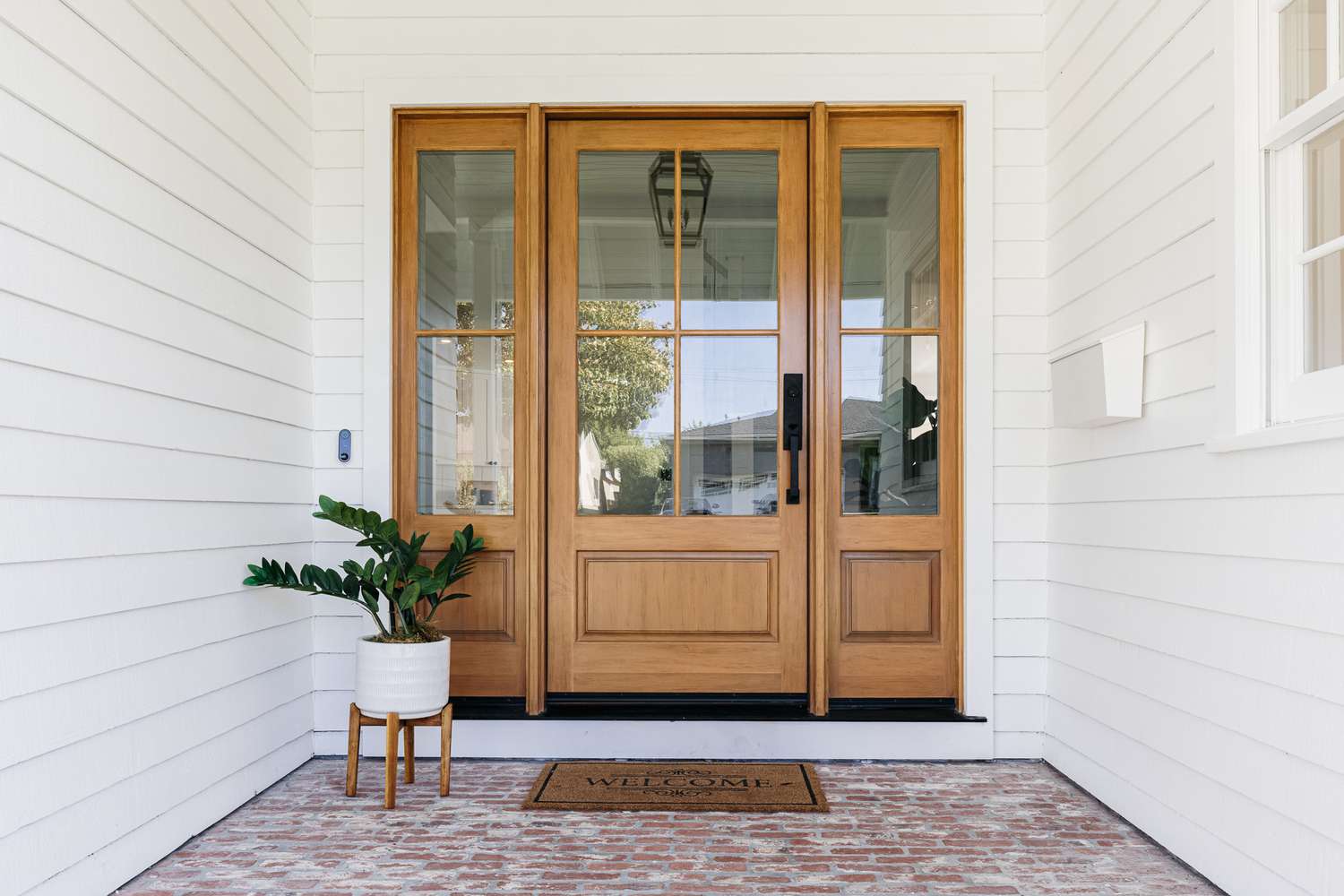
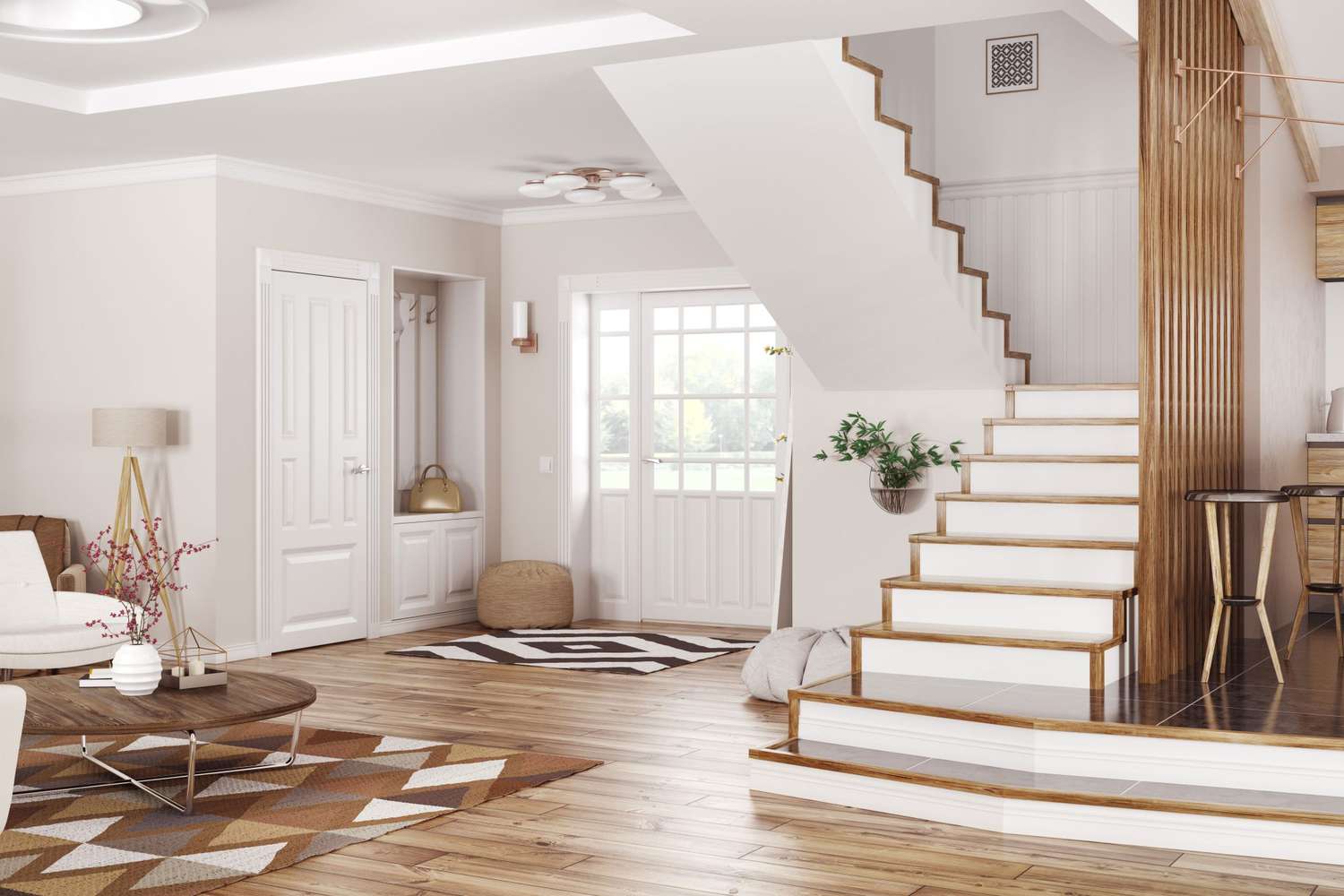
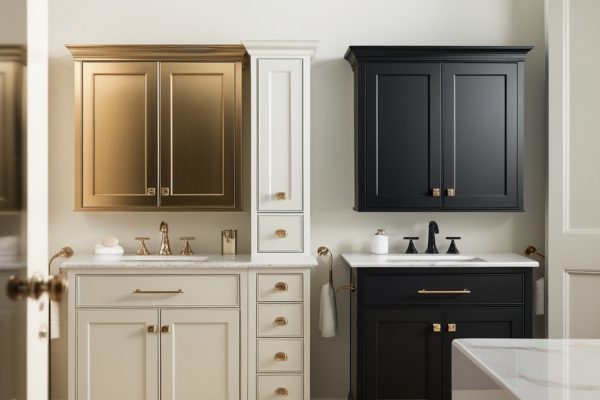
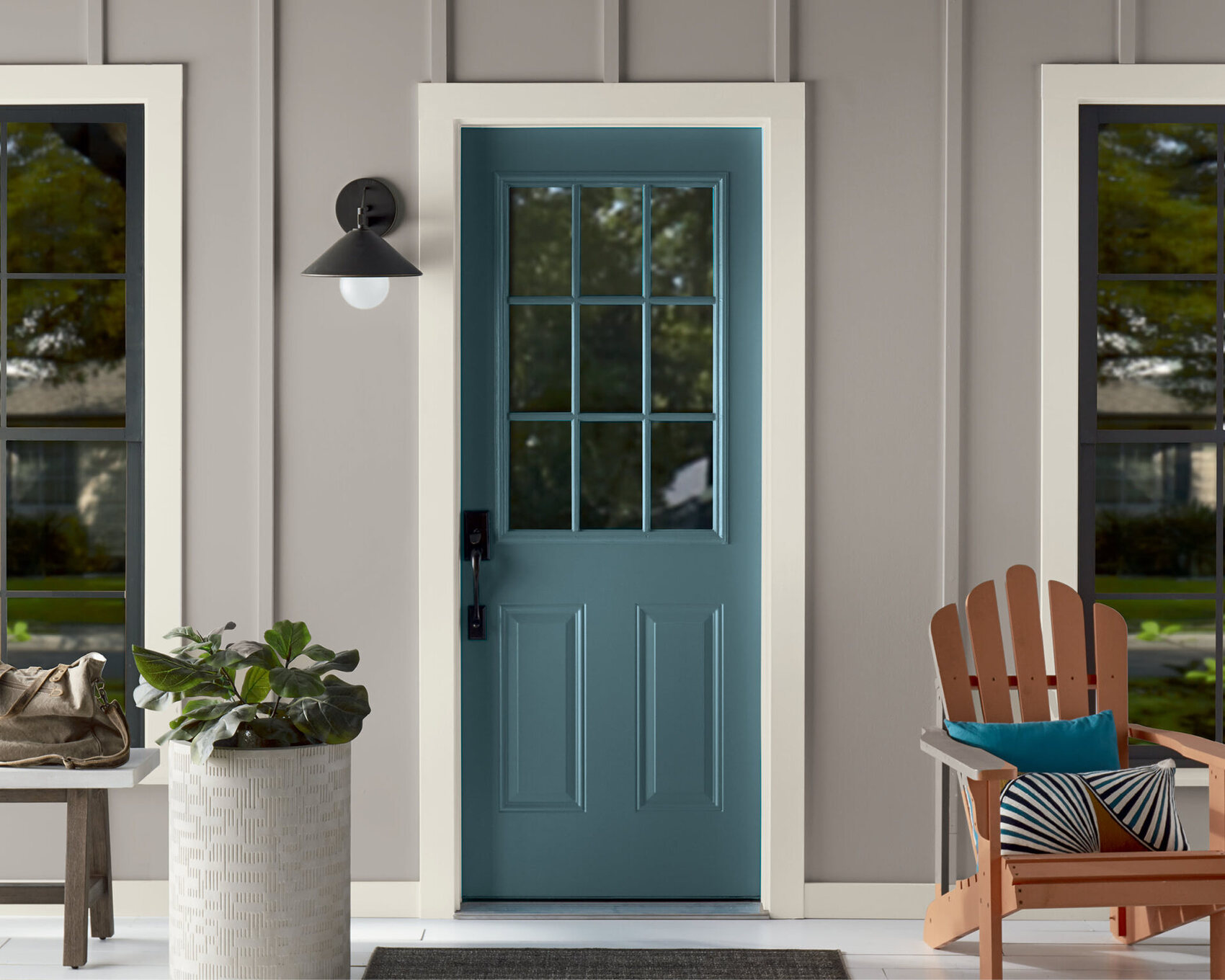


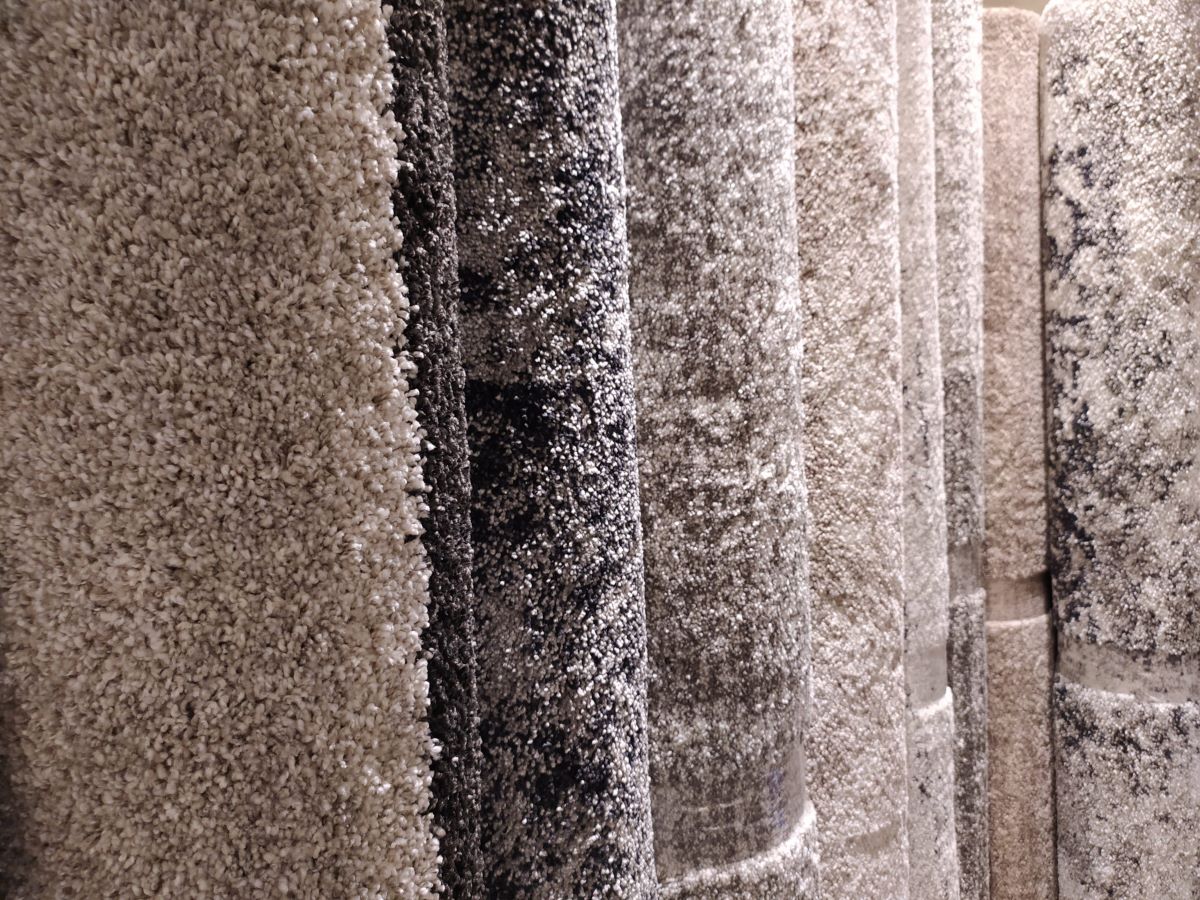
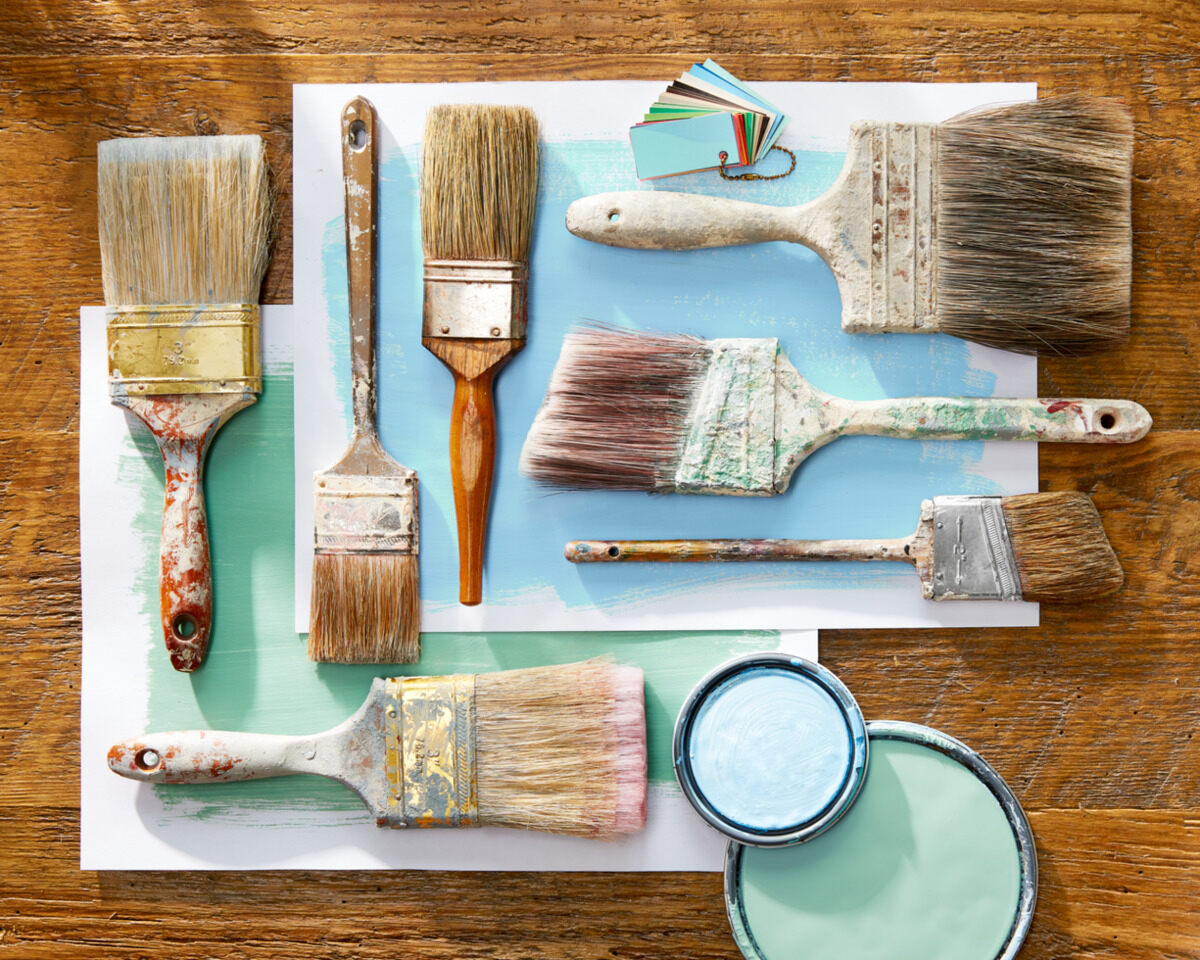
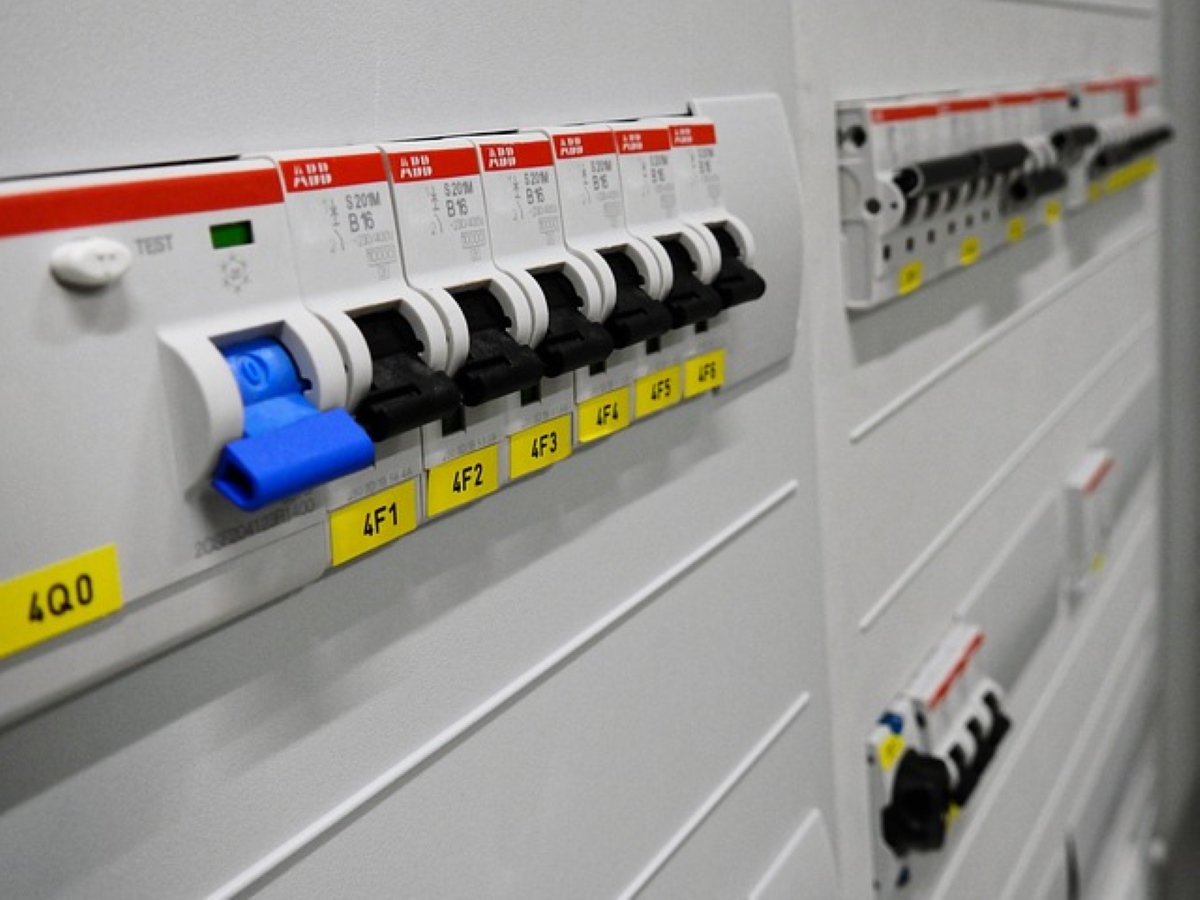

0 thoughts on “Paint Finishes: A Guide To Paint Finish Types”